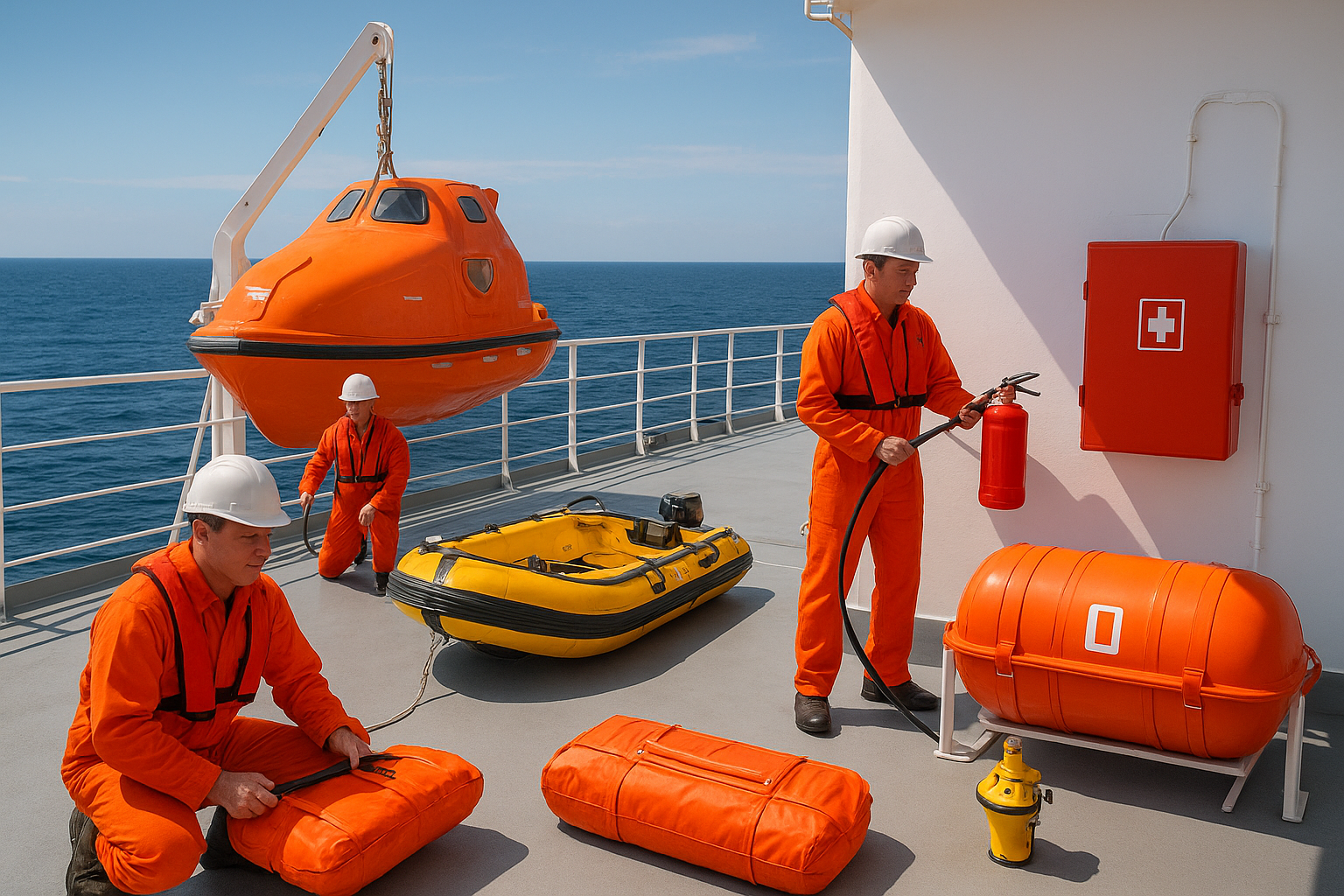
Emergency Procedures and Safety Equipment on Ships: What Every Passenger Should Know
When Things Go Wrong at Sea
Lifeboats: Your Lifeline at Sea
Liferafts: The Backup Plan
Fast Rescue Boats: The First Responders
Fire Suppression Systems: Fighting Fire at Sea
Emergency Power Systems: Keeping the Lights On
Communication Systems: Calling for Help
What You Should Do in an Emergency
If you hear the emergency alarm:
Go to your cabin, grab your lifejacket, and head to your assigned lifeboat station. Don't panic - the crew will guide you through everything.If you see a fire:
Don't try to put it out yourself. Alert a crew member immediately and follow their instructions. The ship's fire suppression systems are designed to handle fires automatically.If someone falls overboard:
Don't jump in after them. Throw a life ring or anything that floats, and immediately alert a crew member. The fast rescue boat can be launched in minutes.If the power fails:
Don't panic. The emergency power systems will start automatically and keep the ship's critical systems running. The crew will guide you through everything.If you need to evacuate:
Follow the crew's instructions. They know exactly what to do, and they'll get everyone off the ship safely. Don't try to take anything with you - just get to safety.The Bottom Line
Share This Article
Related Articles
Continue reading with these related articles

Cruise Ship Passenger Safety: Essential Guidelines for Safe Voyages
Discover essential cruise ship passenger safety guidelines, from emergency procedures to onboard safety measures. Learn what to expect during your cruise and how cruise ships keep passengers safe at sea.

Engineering Emergencies Onboard Ships: When Things Go Wrong at Sea
Discover the most common engineering emergencies onboard ships and how marine engineers are trained to handle them. Learn about fires, flooding, equipment failures, and the critical response procedures that keep ships safe at sea.

Passenger Safety at Sea: A Comprehensive Guide to Maritime Safety Protocols and Procedures
Discover comprehensive passenger safety protocols at sea, from emergency procedures to safety equipment. Learn about cruise ship safety, medical facilities, and maritime emergency response systems that protect passengers.

Maritime Emergency Response: How Ships Assist Each Other at Sea
Discover how ships assist each other during maritime emergencies, from fast rescue boat operations to coordinated search and rescue missions. Learn about the global network that keeps mariners safe at sea.
© 2025 The Salty Mariner. All rights reserved.
